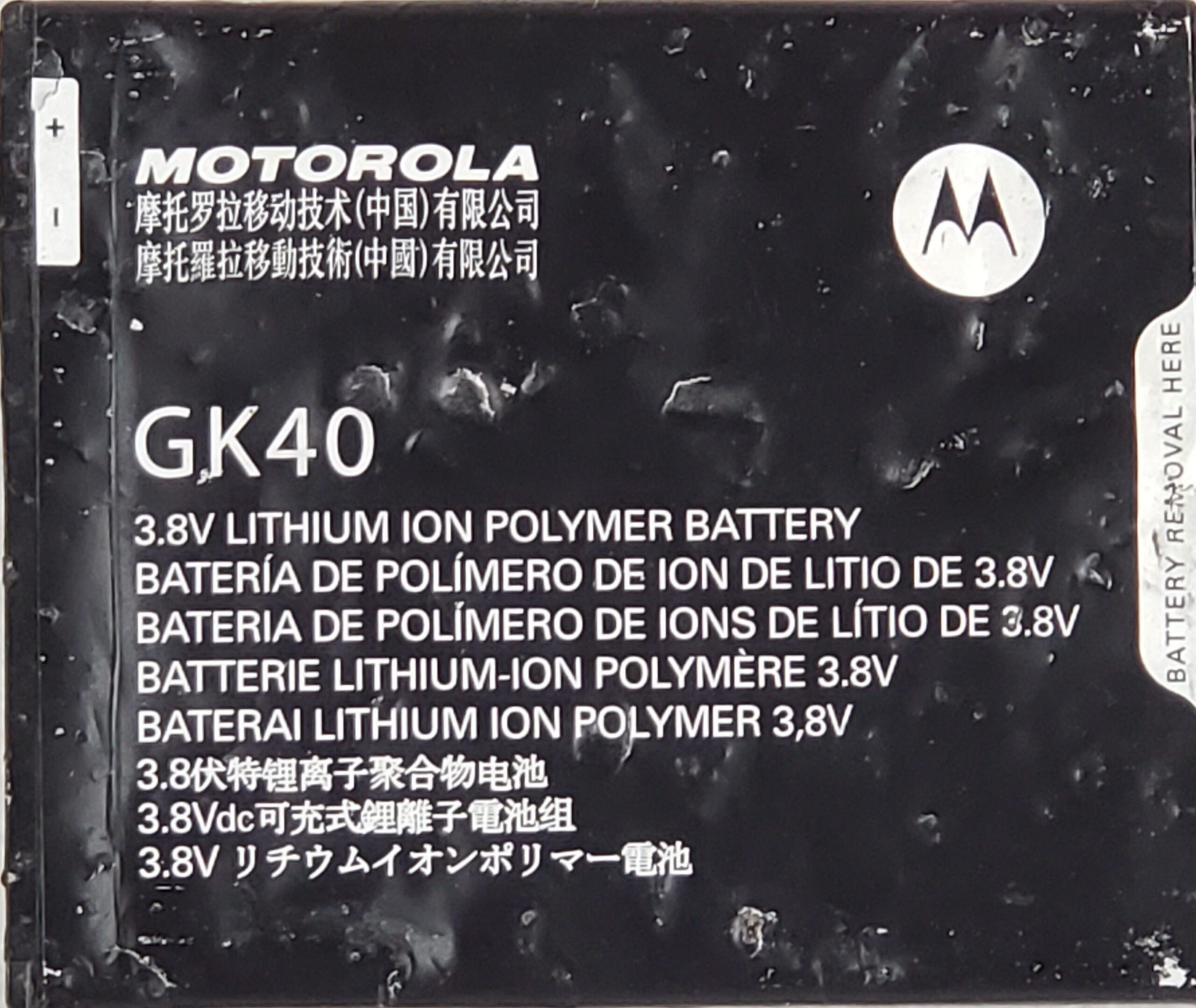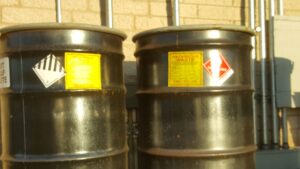Question:
I have a question regarding haz waste determination specifically about applicability of F-listed waste. Situation I have:
In the car repair shop floor, we have a small pit that collects water (rainwater/snow melting from cars and every now and then hosing the floor down with just water, no soap, solvent or degreaser).
We had collected that water from the pit into a 55 gallon drum (only about 3/4 full) and tested it through a laboratory for disposal. But surprisingly there was 14.3 PPM acetone and 0.09 Toluene from VOC TCLP test. We are guessing this is maybe from some paint can sprays we use in the shop that got washed down to the pit as the paint cans do have them in the ingredients. In this case, will the drum be applied F list code?
Some additional information:
- We have variety of car paint aerosol cans (such as rust-oleum, dupli-color and other brands) and almost all of them have some Acetone and Toluene as ingredient. From the spec sheet, it typically shows 20% acetone, 10% toluene but it’s listed as % by weight. I’m not sure if that means the same as concentration.
- These paint cans are used for painting only. The only other thing I can think of that might have those same solvent ingredients is brake cleaner spray cans used to clean brake parts when we do brake jobs. We have collection containers for waste aerosol cans.
Question for you:
- Is there threshold number for acetone and toluene? or it’s solely dependent on if it meets the type of operation (even if very low number ppm)?
- If because of some mist from brake cleaner spray cans or car paint spray cans getting onto the floor and going into the pit when we clean our work area will cause the whole drum to be hazardous, is there anything we can do to prevent this? The only product we use for cleaning floor as I found out today is simple green.
Thank you for your help,
Daniels Training Services, Inc. 815.821.1550 |
Answer:
Thank you for contacting me. I will try to answer your questions and provide guidance based on the available information. In sum:
- If the source of the F-listed solvents in the pit wastewater are the aerosol paint cans, then the waste is not an F-listed hazardous waste.
However…
- If the source of the F-listed solvents in the pit wastewater are the brake cleaner aerosols, then it may be an F-listed hazardous waste.
Please see below for an explanation:
- To be an F-listed hazardous waste each of the following conditions must be present:
- An F-listed solvent must be present in the waste. FAQ: What are the F-listed solvents?
- The F-listed solvent must be in a concentration of 10% or more in solution before use.
- The F-listed solvent must be used for its solvent properties; i.e., cleaning or degreasing.
- The F-listed solvent must be discarded once it is used and spent.
Read: F-Listed Spent Solvent Hazardous Waste
- So, let’s compare the above criteria to your situation:
- Both acetone and toluene are F-listed solvents (F003 & F005, respectively).
- The spec sheet indicates a concentration of 20% acetone and 10% toluene. This concentration – before use – meets the threshold criteria for an F-listed hazardous waste.
- F-listed solvents that are formulation ingredients of a paint are not being used for their solvent properties and can’t be an F-listed hazardous waste. But, F-listed solvents in a brake cleaner used for cleaning or degreasing are being used for their solvent properties.
- In either case (paint or brake cleaner) the F-listed solvent is being discarded as used and spent when the overspray or spillage ends up in the pit wastewater.
Your Questions:
Q: Is there threshold number for acetone and toluene? or it’s solely dependent on if it meets the type of operation (even if very low number ppm)?
A: There is no threshold number (aka: concentration) of F-listed solvent in the waste. One drop is enough if the above criteria are met.
Q: If because of some mist from brake cleaner spray cans or car paint spray cans getting onto the floor and going into the pit when we clean our work area will cause the whole drum to be hazardous, is there anything we can do to prevent this? The only product we use for cleaning floor as I found out today is simple green.
A: The overspray or waste from aerosol paints that contain F-listed solvents will not be an F-listed Haz Waste since the solvent used in the paint is not being used for its solvent properties.
Brake cleaner is a different story. If it is used to clean brake parts it would be used for its solvent properties. It is possible – unless you can prove otherwise – that solvent from the brake cleaner, once used, then got into your pit wastewater. The best way to avoid generating an F-listed hazardous waste is to find a brake cleaner that does not contain any F-listed solvents. e.g., Isoproply alcohol is not F-listed.
Please note, some state regulations are more stringent and more broad than the Federal regulations of USEPA addressed here.
Conclusion:
The determination of a spent organic solvent as an F-listed hazardous waste can be very difficult. My explanation above does not take into account all the complexities of this determination. For a full explanation, read: The Hazardous Waste Determination for a Spent Organic Solvent as an F-Listed Hazardous Waste.







